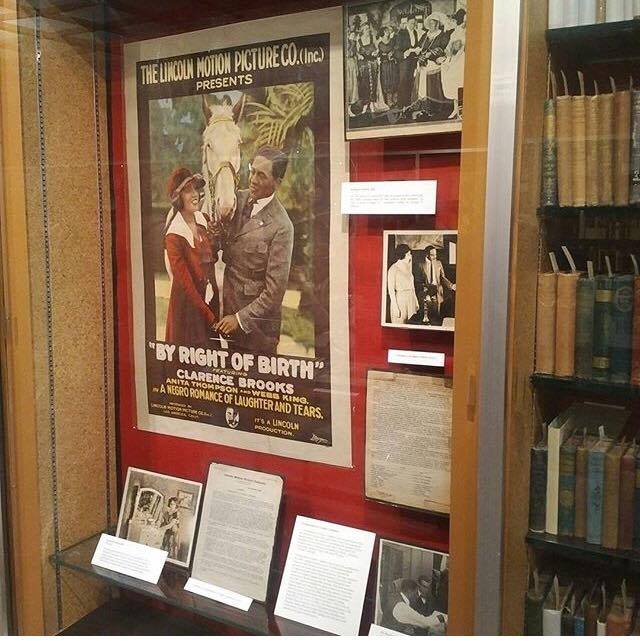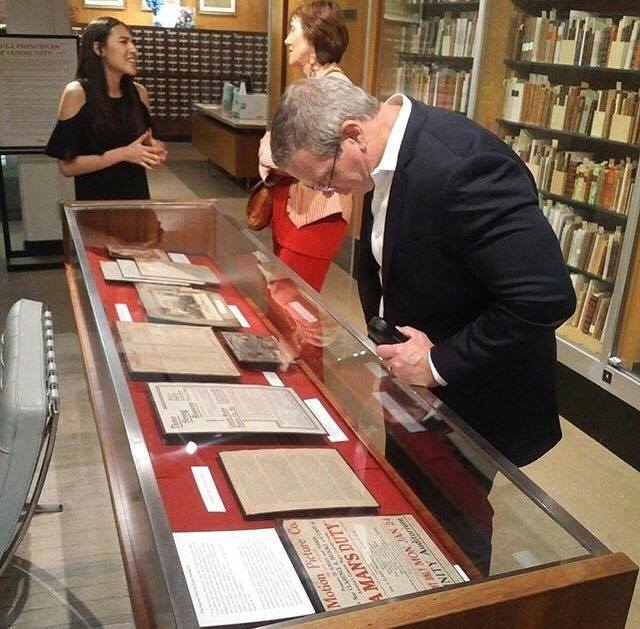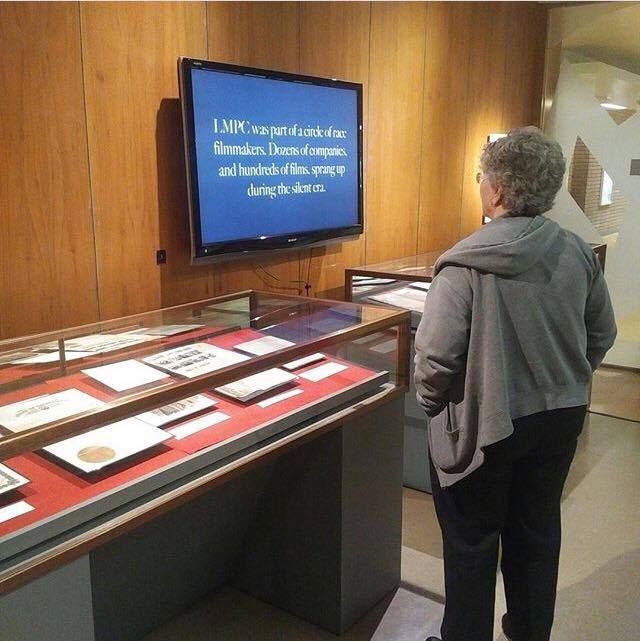The Industry of Uplift
Project Overview (DH 250, Winter 2017: M. Posner)
Coursework: Project Documentation (includes Group Project Charter, Object List, Title Options Power Point Presentation, Archival Photos, and initial Captions), Class Spreadsheet (see Curatorial Team One-Pager), Final Reflection Responses, and Blog Responses
Final Project: Available for viewing in YRL Special Collections until September 15, 2017
Course Description: “The internet and mobile technology have given us new reasons to think about museums’ essential functions. Museums now experiment with interactive exhibits, online access to their collections, and patron-curated exhibitions. In the age of Google and Wikipedia, have museums’ roles changed? And when you can manipulate 3D models online, what difference do material objects make? We’ll figure out what museums are, conduct site visits to cutting-edge museums, and do some curation of our own…Our class has been invited to mount an exhibit within UCLA’s Young Research Library Special Collections, based on the George P. Johnson collection. Johnson was an important figure in the early race film industry, and the exhibit will explore Johnson’s life and his role as a filmmaker.”
Project Role
I served as the curatorial team leader. This involved a great deal of coordination via email between my team and, eventually, with the Interpretation and Design team. I helped coordinate our time/selections in Special Collections, spent significant time in Special Collections while I chose artifacts and worked with the collection, and took on the primary responsibility for any presentations and writing assignments. I drafted writing assignments and sent them out to the group for additions/alterations. When items our team did not select were added to the exhibit, I drafted the initial captions. This was the most labor intensive course during my time in the DH program.

Sample of exhibit. Photocredit: DH201 
Guests on Opening Day with curatorial team member, Aitana. Photocredit: DH150 
Guest on Opening Day. Photocredit: DH150
Reflection
“The George P. Johnson Negro Film Collection, 1916-1977 spans 71 boxes and features over 35 linear feet of content. Our team spent several weeks working with the collection, pouring over Johnson’s thorough documentation and preservation of black cultural production and black representation in the United States and abroad. We hoped to move through the archive and allow the story to emerge organically from Johnson’s collection. In the process, we were captivated by the story of George Johnson, Noble Johnson, and the legacy of the Lincoln Motion Picture Company. It was an honor and privilege to handle the hand-cut and thoughtfully indexed artifacts, to spend hours looking through beautiful film stills and photographs, and to learn about the incredible histories of the people who contributed to the Race Film industry.” -Sarah Montoya, Adelaide Kuehn, Sarah Ohanian, and Aitana Balam
One central question DH often attempts to grapple with is that of materiality. How do digital environments and cultures address, preserve, and (re)organize what we think about materiality? In DH 201, our class discussion began with this set of questions. In DH 250, we explored this through the creation of a material exhibit with digital components while questioning the role of museums as institutions. We were given an opportunity, through the physical exhibit, to connect the displays to critical examinations of discourses and representations of race and racialized violence in the United States. This is one intersection where Digital Humanities can thrive and meaningfully expand by ensuring that digital tools and other forms of information studies practices are studied alongside historical accounts which contest or complicate state-sanctioned historical narratives.
Cyber studies and some narratives of DH are focused on the “mastery” of digital tools or the supremacy of digital projects in a way that de-materializes the entire material structure which supports these tools and projects. Archival work,especially archival work with digital components focuses on preservation, interrupts these discourses and asks us to think about labor, affective connections to material, affect and the/ in the archive, and ethical labor practices.


